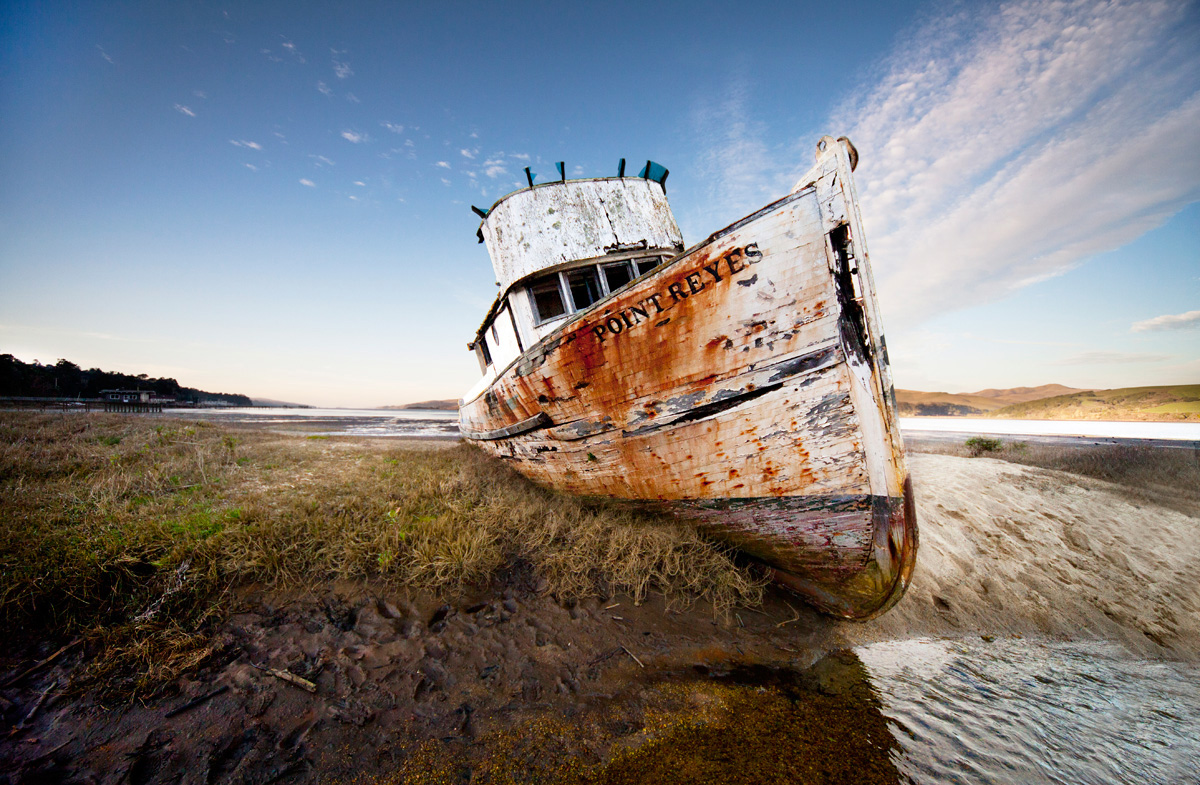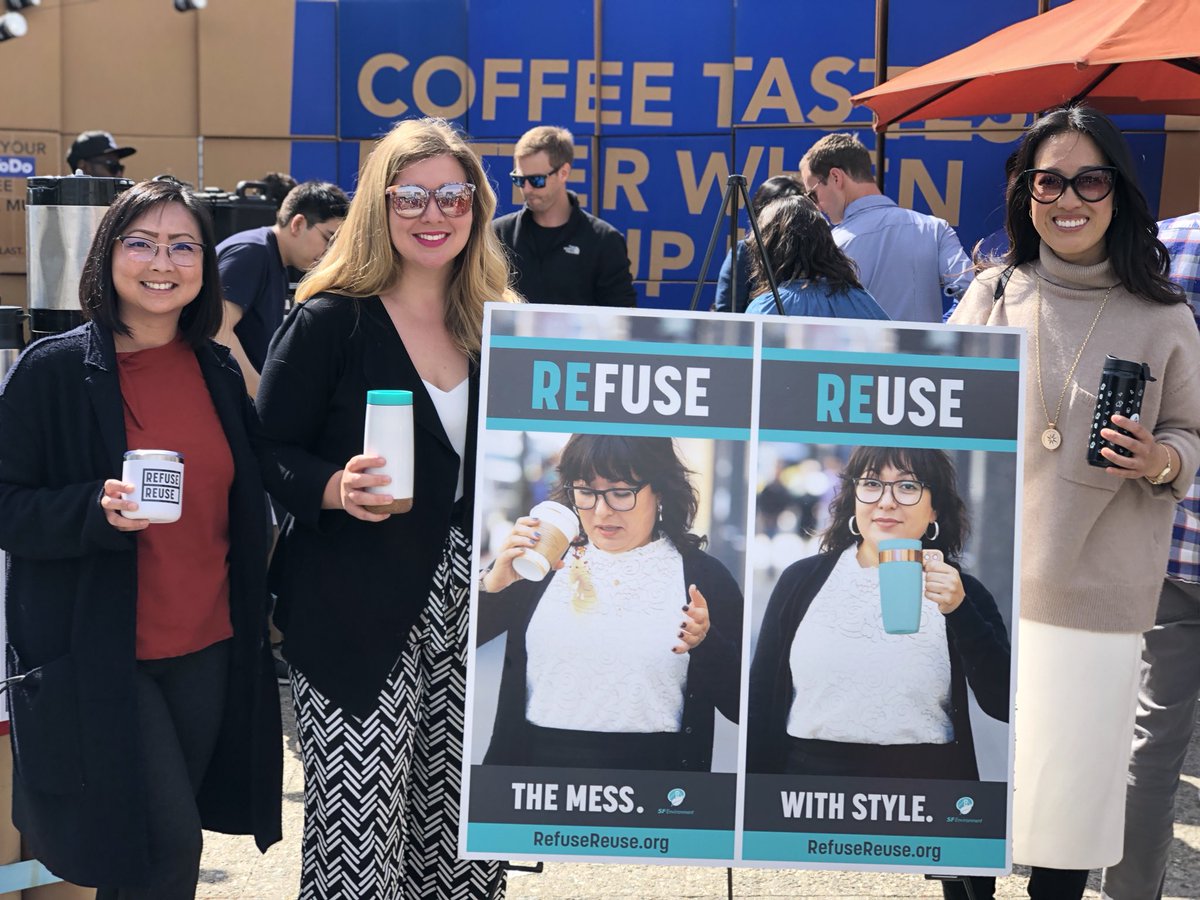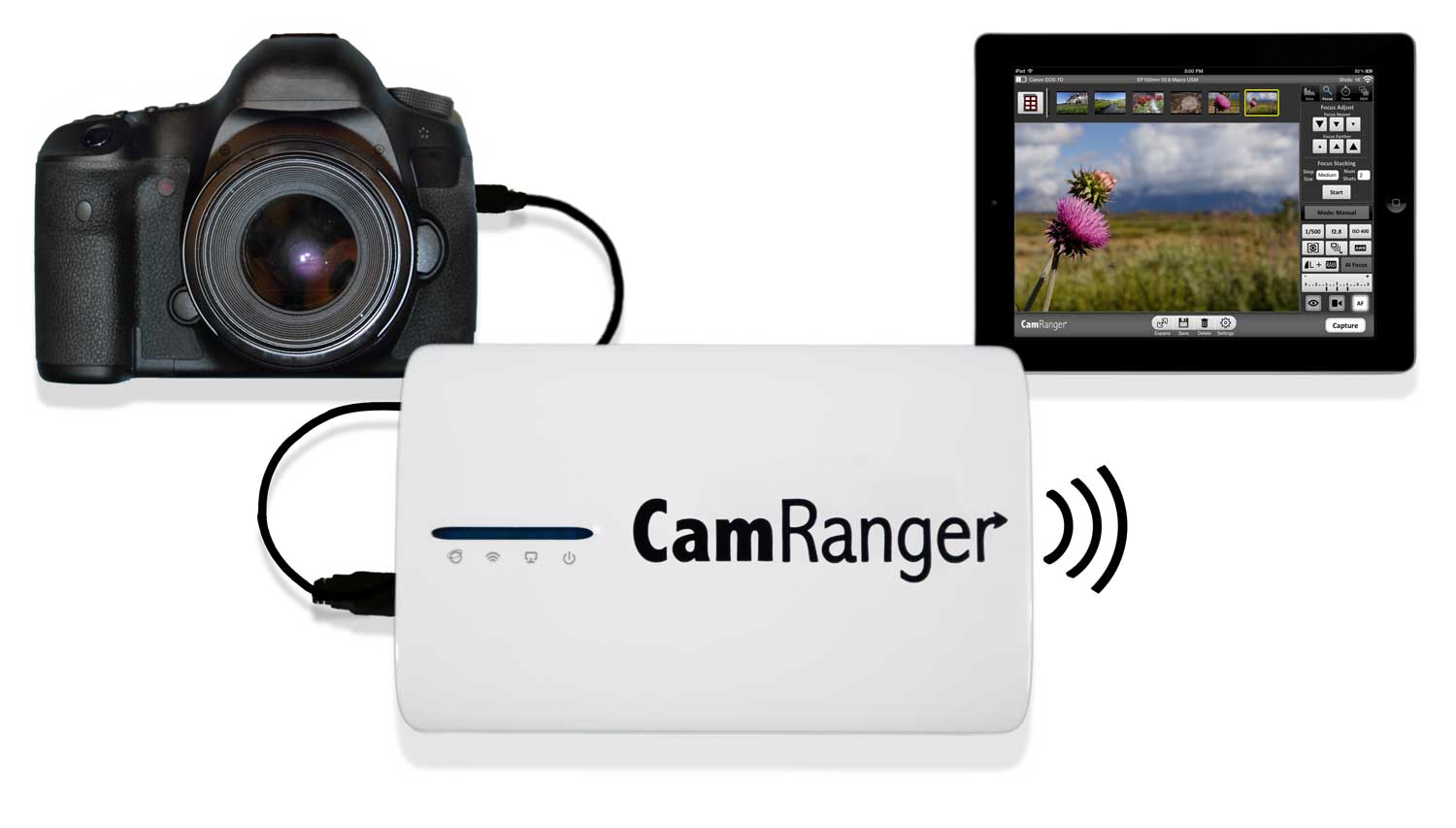
Shooting with the Camranger (Look ma, no cables!)
June 12, 2018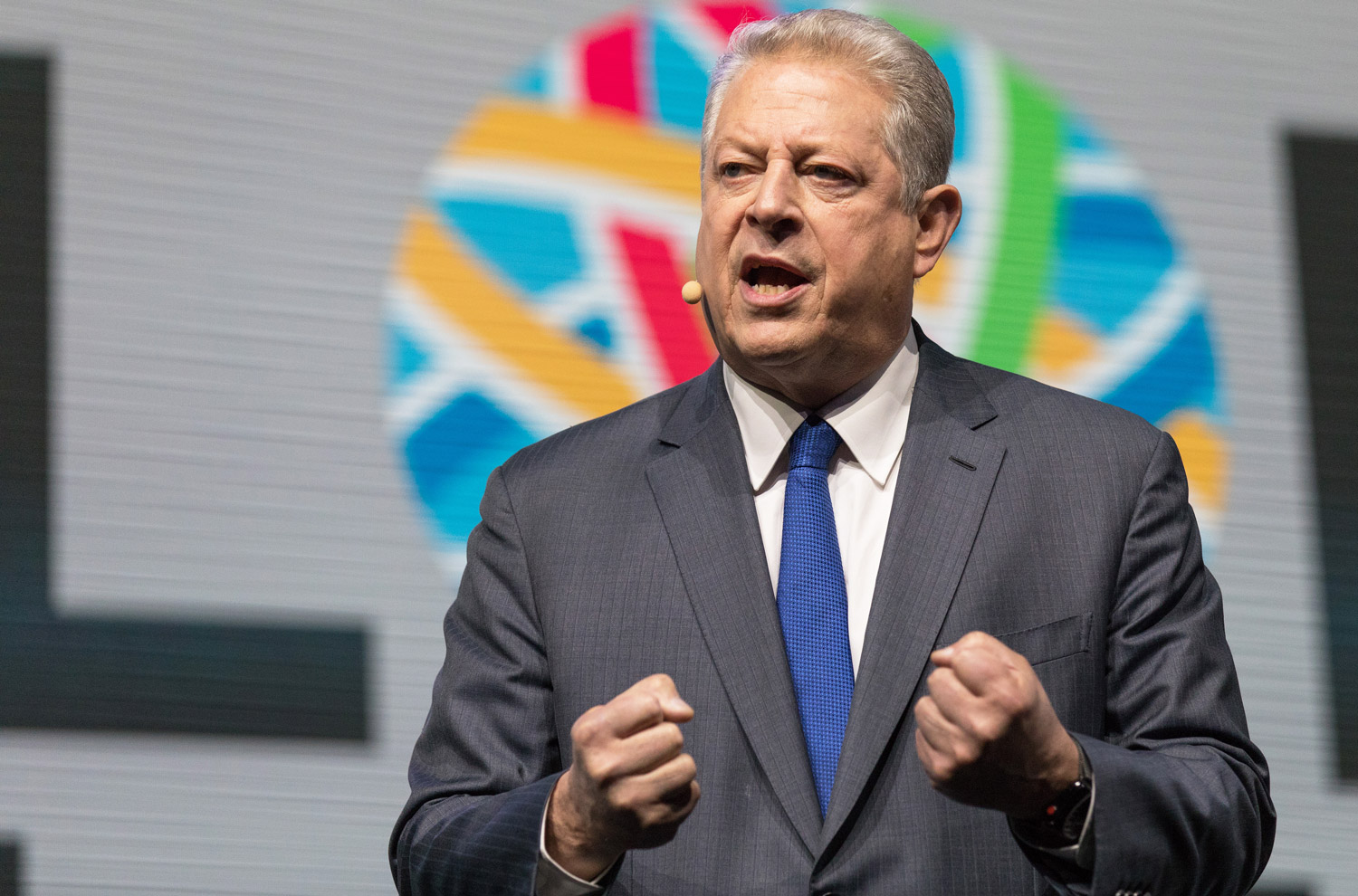
Celebs Galore: Shooting at the Global Climate Action Summit in San Francisco
September 26, 2018Shooting Food (hint: it isn’t as easy as it looks)
Over the past several years I’ve had a few dozen occasions to provide photography for a number of businesses and organizations. I’ve photographed food for restaurants, catering companies and food producers, been asked to capture culinary shots to aid a client’s marketing and website campaigns, to promote cooking and chef competitions, and a handful of local restaurants looking to polish up their websites and menus.
While it looks relatively simple, product photography is actually quite difficult, and food photography is, in fact, one of the hardest forms of product photography.
When working on a set and under ideal conditions, a photographer will have access to fully controllable lighting conditions, a pro chef, and a dedicated food stylist who preps the dishes, stages the shots, and focuses on getting it to look its best. They bring with them many tricks and techniques to making food look appetizing, many of which take years to master. It’s their job to create the perfect version of the food in front of them. This doesn’t mean the weight is off the photographer’s shoulders, but they are a key part of the team who creates beautiful food photography.
In addition the chef and food stylist, a food photographer may also work directly with the project owner or client. This might involve a restaurant owner, chef, marketing manager, PR manager, food company owner, cookbook author, or agency art director. It indeed takes a village on a full-blown food photography shoot!
When working on location, such as at a smaller local restaurant, some (or all) of these people may be missing, so more of the weight shifts to the photographer to get the shot the client needs. Shooting photos in a restaurant can be very tough, with bad lighting, multiple light sources, bright spotlights, and reflections all over the place.
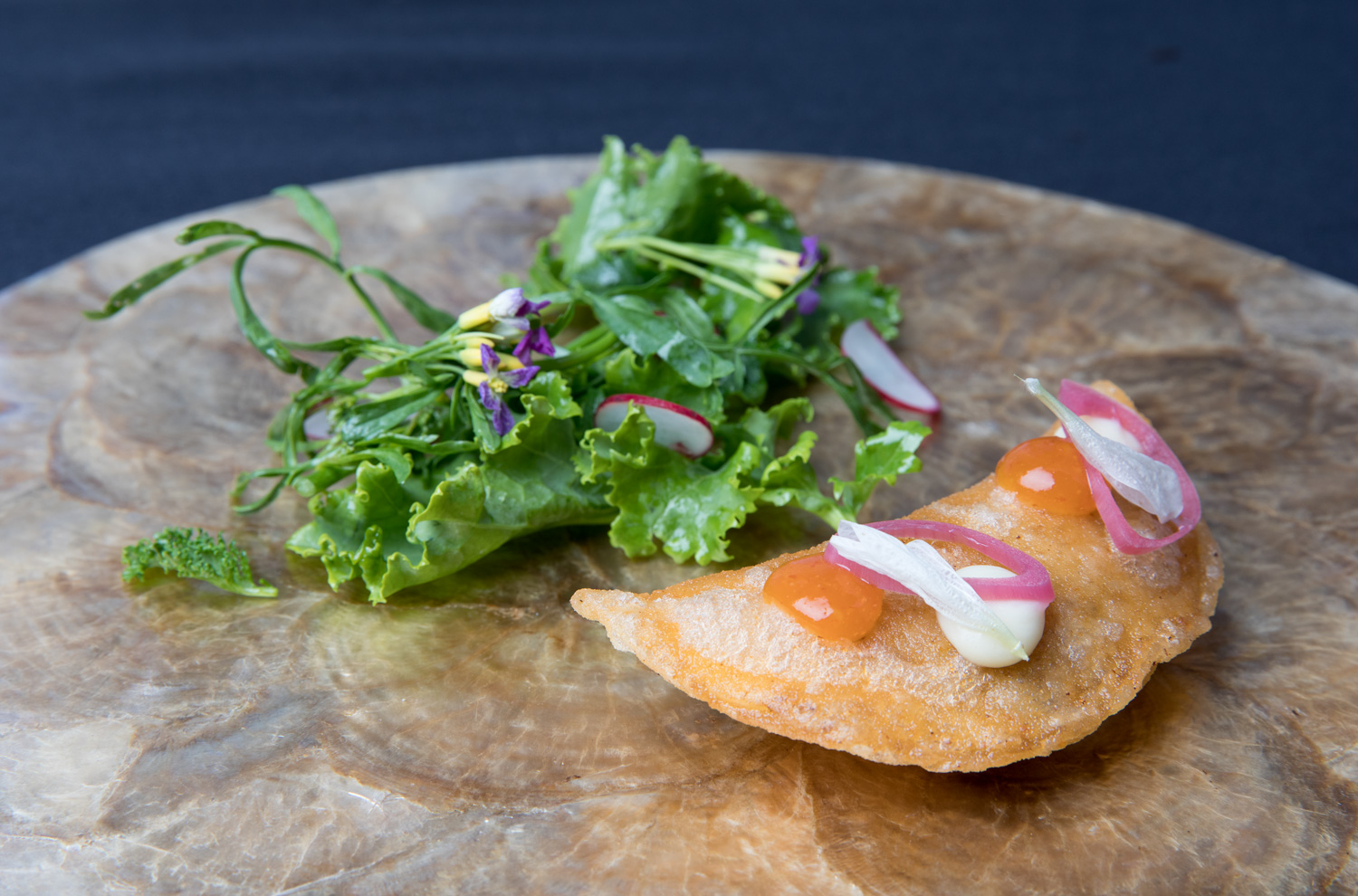
Lighting
Most food photography done right now is either using or mimicking daylight. In an ideal world, that’s all we would need.
Since the art of photography is literally drawing with light, it makes sense that having the right equipment to control light is essential. Whether in the studio or on location, I always bring along my own light, even if natural light is available. I normally shoot with a set of Profoto strobes and a wide range of lighting modifiers to bring (or compliment) the natural lighting that already exists. In many cases, a 2×3 softbox and simple reflector can provide a beautiful crosslight that mimics natural light and beautifully lights the subject.
Since the art of photography is literally drawing with light, it makes sense that having the right equipment to control light is essential. Whether in the studio or on location, I always bring along my own light, even if natural light is available. I normally shoot with a set of Profoto strobes and a wide range of lighting modifiers to bring (or compliment) the natural lighting that already exists. In many cases, a 2×3 softbox and simple reflector can provide a beautiful crosslight that mimics natural light and beautifully lights the subject.
As beautiful as it is, natural light can bring along its own challenges. For one, it generally doesn’t stay the same all day long. Intensity, direction, and even color changes as the day goes on, and many photography shoots last for a good part of the day. Being able to mimic or complement the natural lighting is a skill that takes practice to get just right.
Timing
Timing is another key element of getting a great shot, and in many cases the photographer has to work quickly once the food is ready. Depending on the type of food, it either starts to dry out and look stale very quickly, melts, changes color, or falls apart. The goal is to make the food look fresh and appetizing, and time generally isn’t on your side when you’re capturing the shots. The photographer needs to time the shoot just right so the chef knows when to fire up the food, the stylist knows just how long he or she has to arrange it, and the photographer is ready to take the photos as soon as its ready.
An Eye
Even having the most talented chef, food stylist, art director, and team available won’t create beautful images if the photographer isn’t up to the task. While having an eye for composition is very important, it’s also important to clearly understand how the photos will be used and what the client is looking for in the end result. Interestingly, this isn’t only the case with food photography – it’s really the case with all commercial photography. Being able to understand the end deliverable is of utmost importance and the shoot won’t be successful if the images delivered do not meet the needs of the client.

